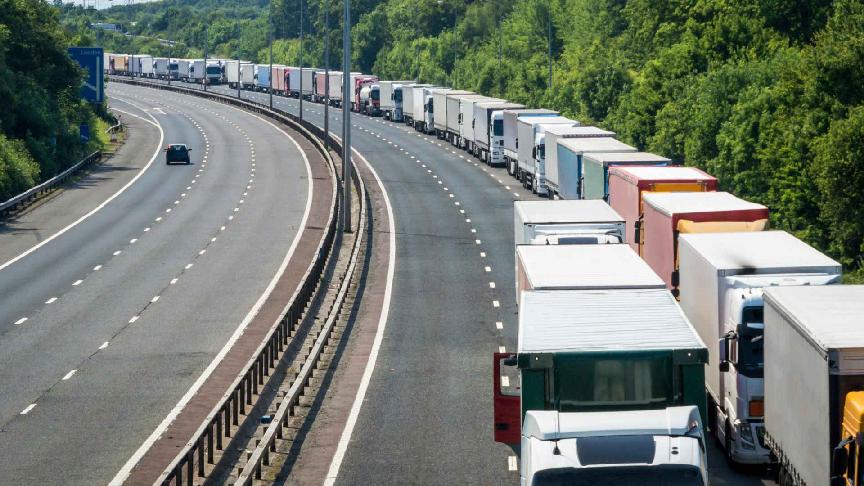12 October (Lloyd's List) - CHINA’s container equipment manufacturers are turning to special containers as demand for traditional 20 ft and 40 ft units continues to decline.
“After the surge in output of 2021, the past 18 months have proved particularly challenging for Chinese box builders, with the production of dry freight standard containers, especially 40 ft high-cubes, falling sharply,” said Drewry senior analyst John Fossey.
“Globally, high levels of inflation and economic uncertainty have dampened trading prospects and hence the demand for new containers. The industry is also still dealing with the oversupply of containers that built up over the Covid-19 pandemic period.”
Carriers and lessors invested heavily in their container fleets during the pandemic in order to make up for the large number of containers that were caught up by port and inland distribution congestion. Now the market has eased, they have more than enough equipment to meet demand.
Drewry forecasts that on the basis of the first nine months of this year, output for the full year will be the lowest since 2010, in the wake of the global financial crisis, when just 450,000 teu were produced.
“While 2023 will not see production plunge to that level, output this year is only expected to be in the 1.3m teu-1.5m teu range, down from over 3.8m teu in 2022 and 7.1m teu in 2021,” Fossey said.
In the wake of the downturn, manufacturers were turning to specialist units, such as open-tops and flatracks, which were to some extent seeing stronger demand.
“Partly, this is related to owners ordering fewer of these types of containers during the pandemic, when the focus was on buying 40 ft high-cube equipment,” Fossey said.
A growing number of older specialist units need to be replaced and demand is growing as more breakbulk and project cargo moves to containers, particularly cargo associated with the renewables energy industries.
Drewry noted that while the market share of special containers remained small, at around 2.5% of total equipment capacity, their higher cost meant their value share was closer to 4%.
But while maritime equipment demand was low, Drewry said developments outside maritime were providing the biggest opportunities for manufacturers.
“In particular, it is the growing demand globally for energy storage units as wind and solar farms provide a greater share of the world’s electricity,” Fossey said. “This market is seen as being more stable and predictable than the volatile container shipping industry.”
As a result , Drewry expects the fleet of special containers to accelerate and its share of the global container equipment fleet to grow over the coming years.







